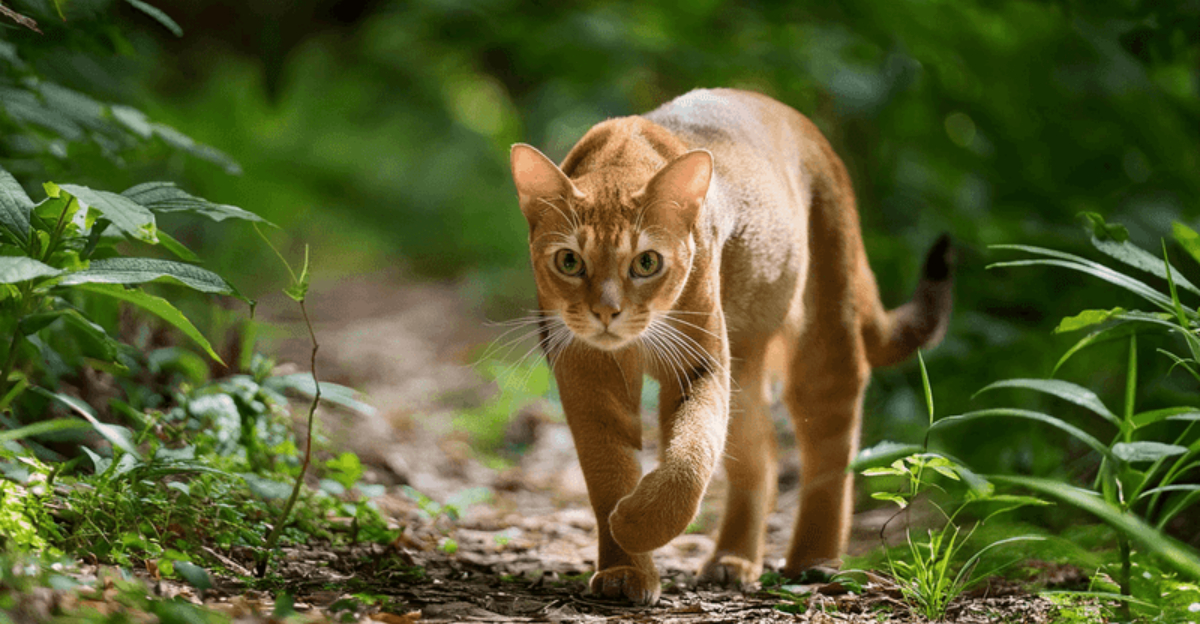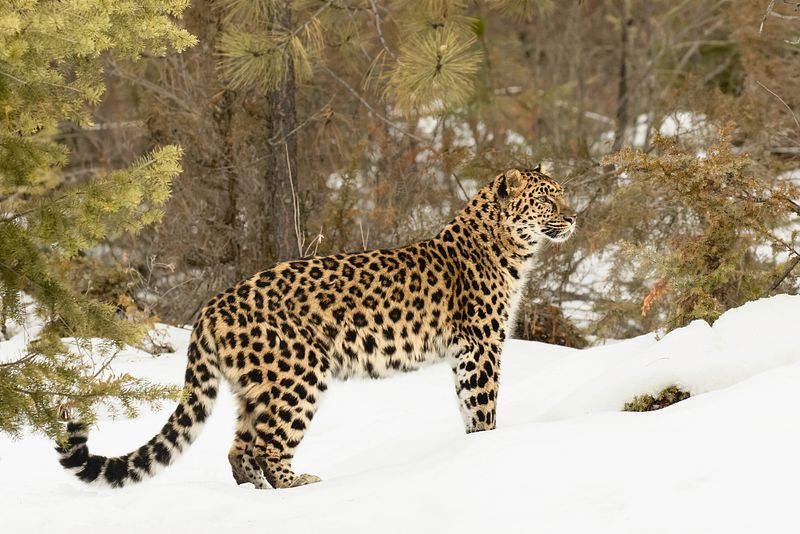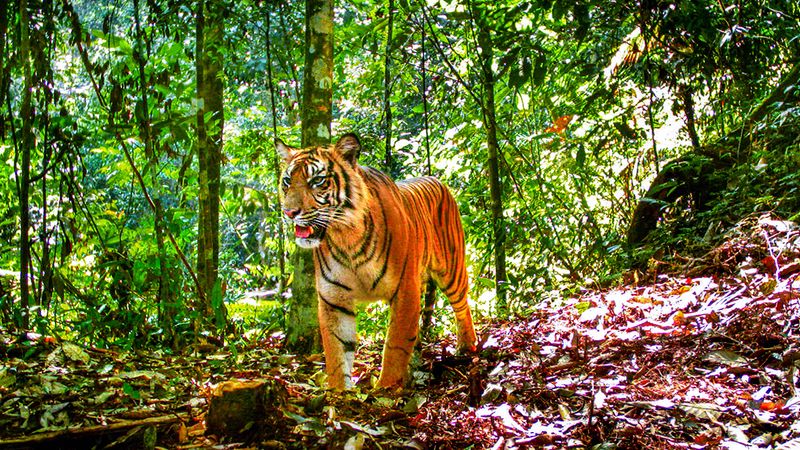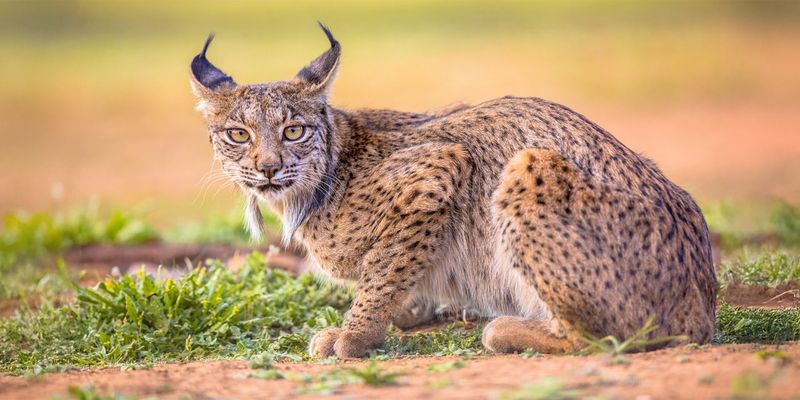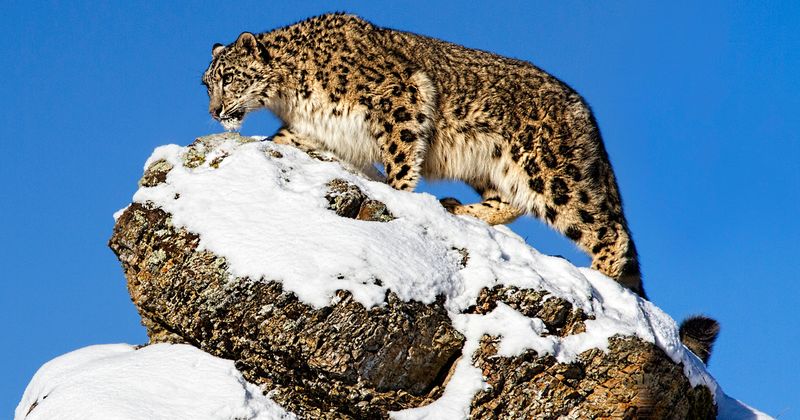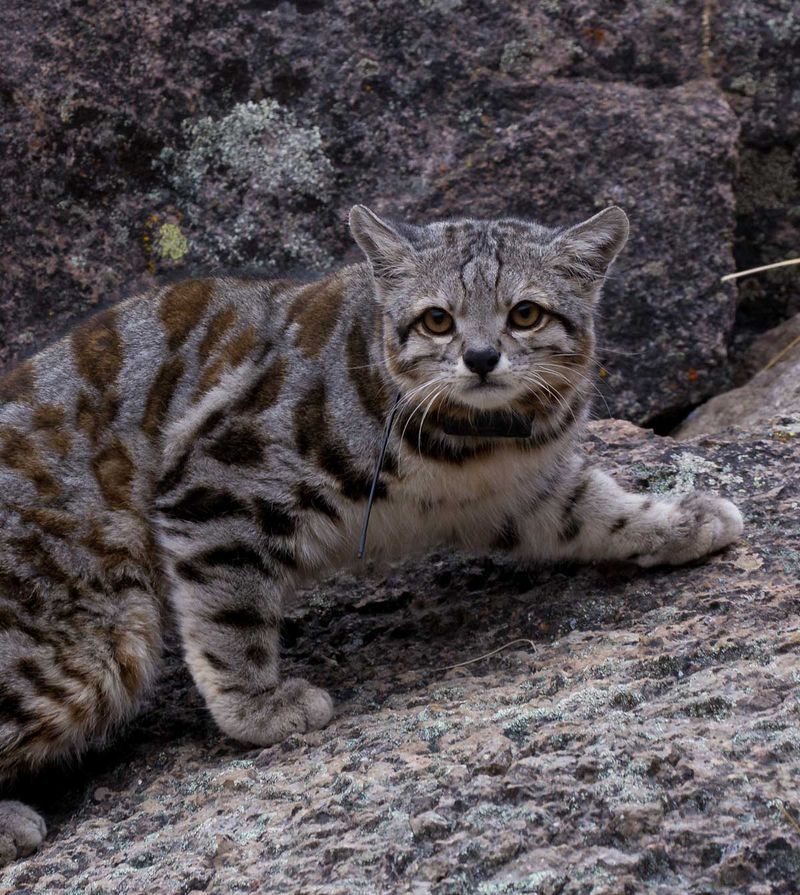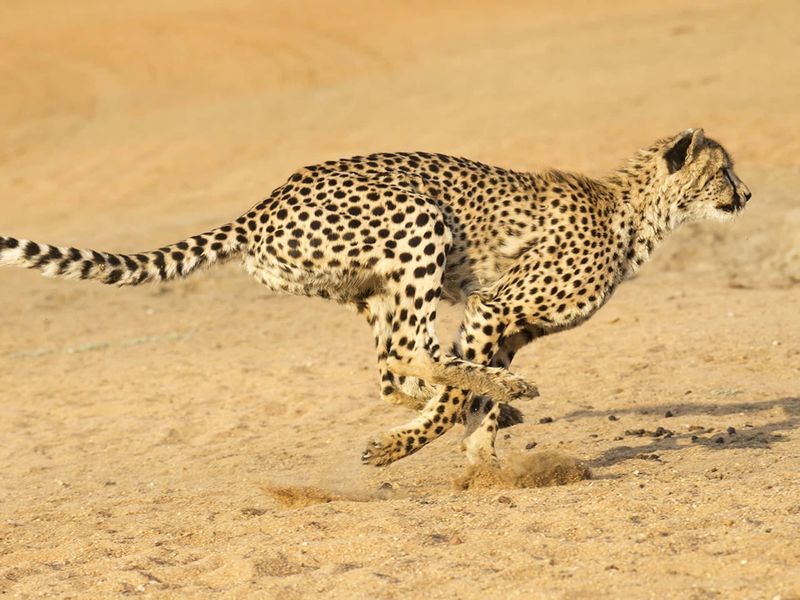📖 Table of Content:
Wild cats are some of the most fascinating and powerful creatures on Earth, yet many of them are facing serious threats to their existence. From deforestation and habitat destruction to illegal hunting, these majestic animals are at risk of vanishing forever. Their survival depends on urgent conservation efforts to protect both their habitats and their populations.
Each wild cat plays a vital role in maintaining the balance of its ecosystem, yet many species are now teetering on the brink of extinction. These incredible creatures have unique adaptations that allow them to thrive in their environments, but changing landscapes and human activity are putting them at risk. The need for awareness and action has never been more pressing.
Conservationists are working tirelessly to protect these animals, but the battle is far from over. Every wild cat species is an irreplaceable part of the natural world, and their loss would have far-reaching consequences. Understanding the plight of these endangered species is crucial to ensuring their survival for generations to come.
1. Amur Leopard
With only around 100 individuals left in the wild, the Amur leopard is critically endangered. Found in the forests of the Russian Far East, this big cat is known for its stunning, thick, spotted coat, which provides warmth during harsh winters. Unfortunately, illegal poaching and habitat destruction pose significant threats.
By supporting conservation programs, we can help protect these magnificent creatures. The Amur leopard can leap up to 19 feet horizontally, making it an agile hunter. Let’s act now to ensure this incredible species doesn’t disappear forever.
2. Sumatran Tiger
The Sumatran tiger, the smallest of all tiger subspecies, is found exclusively on the Indonesian island of Sumatra. Its critically endangered status is due to illegal poaching and habitat loss. This tiger’s unique stripe pattern provides camouflage in the dense jungle, aiding its solitary hunting lifestyle.
Efforts to expand protected areas and curb illegal activities are vital to its survival. The Sumatran tiger’s roar can be heard up to two miles away. We must take action to preserve their thriving presence in Sumatra’s lush rainforests.
3. Iberian Lynx
Once teetering on the brink of extinction, the Iberian lynx has made a remarkable recovery, though it remains endangered. Native to the Iberian Peninsula, these lynxes thrive in open scrubland. Their diet primarily consists of rabbits, which have suffered population declines, impacting the lynx.
Conservation efforts have seen an increase in their numbers, but continued support is essential. Quirky fact: The Iberian lynx’s short tail with a black tip is a signature feature. Let’s ensure this feline continues to prowl the Iberian landscapes.
4. African Golden Cat
The African golden cat is a secretive and elusive creature found in the rainforests of Central and West Africa. Despite being one of the least known wild cats, it’s threatened by habitat destruction and bushmeat hunting. This cat’s striking golden-brown coat aids in camouflage as it navigates the dense underbrush.
Little is known about its behavior, making research and protection efforts even more crucial. Did you know? The African golden cat is closely related to the caracal. We must act to save this mysterious feline from fading into obscurity.
5. Snow Leopard
Known as the “ghost of the mountains,” the Snow leopard roams the mountainous regions of Central Asia. Its thick fur and long tail provide warmth in freezing temperatures. Sadly, hunting and habitat fragmentation are major threats. This solitary predator preys on mountain goats and sheep, maintaining the ecological balance.
Efforts to reduce human-wildlife conflict are crucial. Snow leopards can leap six times their body length in a single bound. Let’s work together to protect these mountain phantoms.
6. Andean Mountain Cat
The Andean mountain cat is one of the most endangered wild cats, residing in the high Andes of South America. Its spotted greyish coat offers perfect camouflage against the rocky landscape. With less than 1,400 individuals, threats include habitat degradation and prey scarcity.
Community-based conservation programs are vital for their survival. The Andean mountain cat is rarely seen by locals or researchers, adding to its mystique. Protecting this rare feline is imperative for preserving the Andean ecosystem.
7. Fishing Cat
Found in South and Southeast Asia, the fishing Cat is uniquely adapted for a semi-aquatic lifestyle, with webbed paws for swimming. Its habitat along rivers and mangroves is threatened by pollution and development. This cat is an adept swimmer, hunting fish and other aquatic prey.
Conservation efforts focus on habitat preservation and pollution control. Fishing cats often use their short tails like rudders while swimming. Protecting their watery world is essential for their continued survival.
8. Flat-headed Cat
Native to the wetlands of Southeast Asia, the flat-headed cat is a small, nocturnal hunter. Its unique head shape and webbed paws are ideal for capturing prey in water. However, its existence is increasingly threatened by habitat loss and pollution.
Efforts to protect wetland areas are crucial for this species. Despite its name, the flat-headed cat has a rounded skull. Promoting awareness and conservation will aid in its preservation.
9. Bornean Bay Cat
The Bornean bay cat is one of the least known wild cats, endemic to the island of Borneo. Its elusive nature and remote habitat make it a mystery to many. This cat’s reddish-brown coat provides excellent camouflage within the rainforest.
Threats include deforestation and logging activities. The Bornean bay cat is so rare that it was only photographed in the wild in the 1990s. Conservation action is crucial to uncover more about this enigmatic species.
10. Cheetah
Renowned for being the fastest land animal, the cheetah faces significant threats from habitat loss and conflict with humans. Found in parts of Africa and Iran, its slender body is built for speed, capable of reaching 60 mph in seconds.
Efforts to create wildlife corridors and reduce human-wildlife conflicts are essential. Cheetahs can accelerate faster than most sports cars. Protecting their range is vital for keeping these speedsters on the move.
